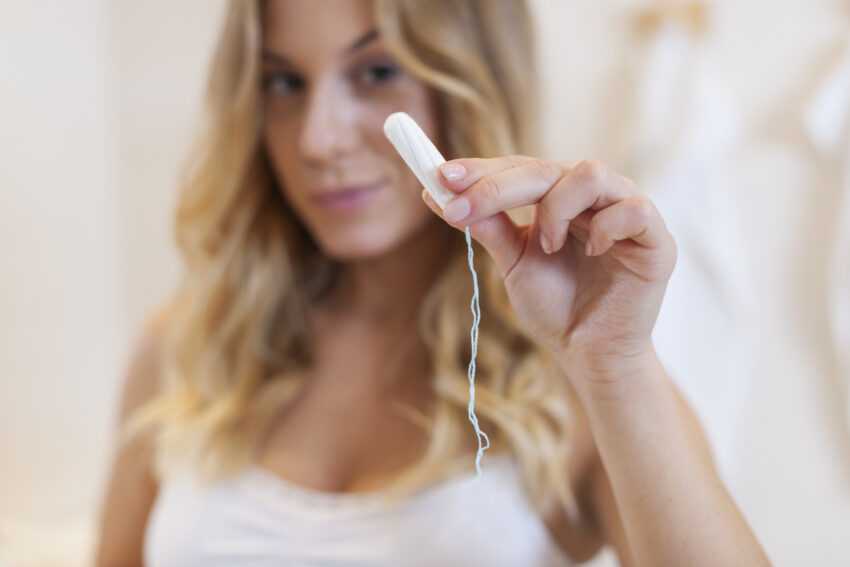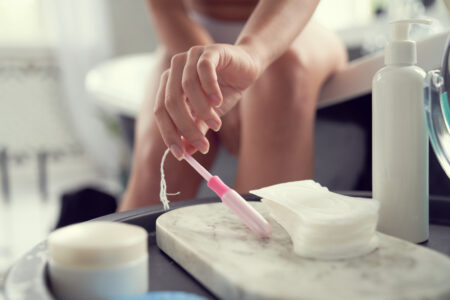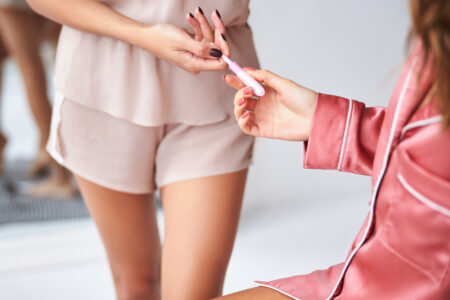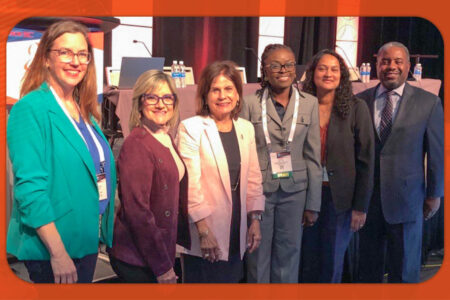
Share On Social!
Amid the baby formula shortage, American women are now facing a tampon shortage.
The shortage has resulted in a 10% price increase in the last year, with some retailers price gouging as high as $114 for one box of 18 tampons.
The shortage stems from the economic challenges of the COVID-19 pandemic, including a shortage of raw materials and labor.
As some women frustratingly scour multiple stores to buy menstrual hygiene products, others fall deeper into period poverty.
The High Cost of Menstruating
While menstruating women nationwide are affected by this shortage, low-income women, such as Latinas, are hit particularly hard as they already face disproportionate health inequities, including a lack of access to healthy food, affordable housing, and childcare.
Nearly 22 million women living in poverty in the US may struggle to afford menstrual hygiene products, according to the Center for American Progress.
“I have had patients tell me that they use toilet paper or paper towels instead of pads or tampons because they cannot afford menstrual products,” wrote Dr. Huma Farid, an obstetrician/gynecologist, in a Harvard Health Publishing article.
Although menstruating is a natural part of life, menstrual hygiene products are seen as luxury items and are taxed as such.
They are also not covered under government assistance programs, such as WIC (women, infants, and children).
Not having equitable access to menstrual hygiene products increases the risk of infections and discomfort in menstruating women.
“If they try to extend the life of products by using them for multiple hours at a time, they can wind up with vulvar irritation and vaginal discomfort,” wrote Dr. Farid in the Harvard Health Publishing article. “They may also be at greater risk for toxic shock syndrome, a life-threatening infection.”
Companies are working 24/7 to meet demands.
But the tampon shortage sheds light on a bigger issue—American women are struggling to afford necessities for a naturally occurring bodily function that will require, on average, 17,000 pads or tampons in a lifetime.
Addressing Period Poverty
Dr. Farid suggests that the first step in improving women’s access to menstrual hygiene products is to break down the stigma surrounding menstruation.
“Period poverty is real. Period equity should be real, too,” she wrote in the Harvard Health Publishing article. “Embarrassment or taboos may prevent people from advocating for themselves, but if that stigma is removed — or even eased by talking through these issues — we as a society can move forward to address the needs of half of our population.”
The next step is to eliminate the luxury taxes placed on menstrual hygiene products.
Nine states already outlaw these taxes: Connecticut, Florida, Illinois, Maryland, Massachusetts, Minnesota, New Jersey, New York, and Pennsylvania.
Five more states have pending legislation to eliminate the taxes: Wisconsin, Nevada, Arizona, Nebraska, and Ohio.
Other legislation, including the Menstrual Equity for All Act of 2019, was introduced to the House of Representatives in 2019.
 The bill would require that menstrual hygiene products be made available to public school students, incarcerated or detained individuals, homeless individuals, individuals using health care flexible-spending accounts, Medicaid recipients, employees of organizations with at least 100 workers, and individuals accessing federal buildings.
The bill would require that menstrual hygiene products be made available to public school students, incarcerated or detained individuals, homeless individuals, individuals using health care flexible-spending accounts, Medicaid recipients, employees of organizations with at least 100 workers, and individuals accessing federal buildings.
However, the bill has yet to move forward in the implementation process.
“We live in one of the world’s wealthiest countries, and lack of menstrual hygiene products should never impact someone’s ability to work or go to school,” wrote Dr. Farid in the Harvard Health Publishing article. “It’s time to stop treating people with a uterus as second-class citizens.”
You can also help address issues of health equity for Latinas and all people.
Select your county and get a Health Equity Report Card by Salud America! at UT Health San Antonio. In your report card, you will see maps, data, and gauges to compare health equity issues, including socioeconomic status, to the rest of your state and nation.
You can email your Health Equity Report Card to local leaders to stimulate community change. Use the data in your materials or share on social media to raise awareness.
By The Numbers
23.7
percent
of Latino children are living in poverty



